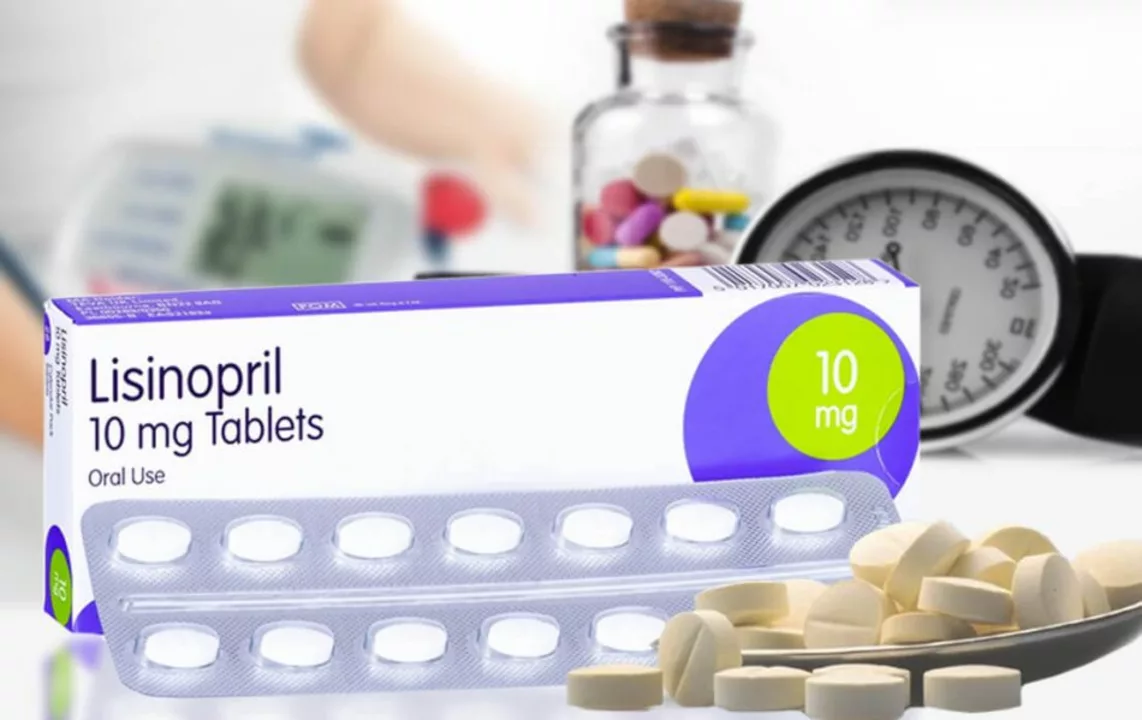Drug interactions: how to avoid dangerous mixes
Mixing medicines isn’t just about taking two pills at once. Interactions change how a drug works or increase side effects. You might feel extra sleepy, bleed more, or face serious problems like muscle damage or liver harm. Knowing the common mixes to watch for helps you stay safer.
Common interaction types and real examples
There are two main ways drugs interact. One changes how the body handles a drug (pharmacokinetic). The other changes how drugs affect the body (pharmacodynamic).
Pharmacokinetic example: some antifungals, like ketoconazole, and grapefruit block CYP3A4 — an enzyme that breaks down many drugs. If you take simvastatin (Zocor) with a strong CYP3A4 blocker, the statin can build up and raise the risk of muscle damage.
Pharmacodynamic example: combining sedatives — for instance, promethazine (Phenergan), pregabalin or gabapentin, benzodiazepines, and opioids — can add up to dangerous drowsiness and slow breathing. That’s the kind of mix that needs real caution.
Other clear examples: ketorolac and other NSAIDs can increase bleeding, especially with anticoagulants or when used after surgery. Some blood pressure drugs and erectile dysfunction meds (like vardenafil/Levitra) can interact and drop blood pressure too far.
Simple rules to avoid problems
Keep an up-to-date list of everything you take: prescriptions, over‑the‑counter meds, vitamins, and herbal products. Show it every time you see a doctor or pharmacist. Herbal products aren’t harmless — St. John’s wort speeds up some drug breakdown and can make birth control or antidepressants less effective.
Use a drug interaction checker online or ask your pharmacist to run your meds. They’ll flag serious matches and suggest safer alternatives. If a new drug is added, ask how it might change your other meds.
Watch for warning signs: new or worse muscle pain, unexpected bruising or bleeding, extreme drowsiness, fainting, or sudden changes in mood or thinking. If these happen after a med change, contact your prescriber or pharmacist right away.
Some practical habits help a lot: take meds exactly as directed, avoid grapefruit unless your provider says it’s okay, don’t mix alcohol with sedating meds, and don’t stop or change doses without checking first.
If you’re unsure, call a pharmacist. They see interactions every day and can explain risks in plain terms. On this site you’ll find articles on specific drugs — like statins, antifungals, painkillers, and nerve pain meds — that explain common interactions and safer choices. Use those guides when you want a quick, practical look at a medicine you’re taking.
Stay curious and ask questions. A small check now can prevent a big problem later.
Lisinopril-HCTZ and Interactions with Over-the-Counter Medications
As a blogger, I recently came across some important information about Lisinopril-HCTZ and its interactions with over-the-counter medications. It turns out that combining Lisinopril-HCTZ with certain over-the-counter drugs can cause adverse effects or reduce the effectiveness of your medication. Some common OTC drugs to be cautious with include NSAIDs, cold and flu remedies, and potassium supplements. Always consult with your healthcare provider before taking any new medications, even if they are available without a prescription. Remember to stay informed and prioritize your health!

